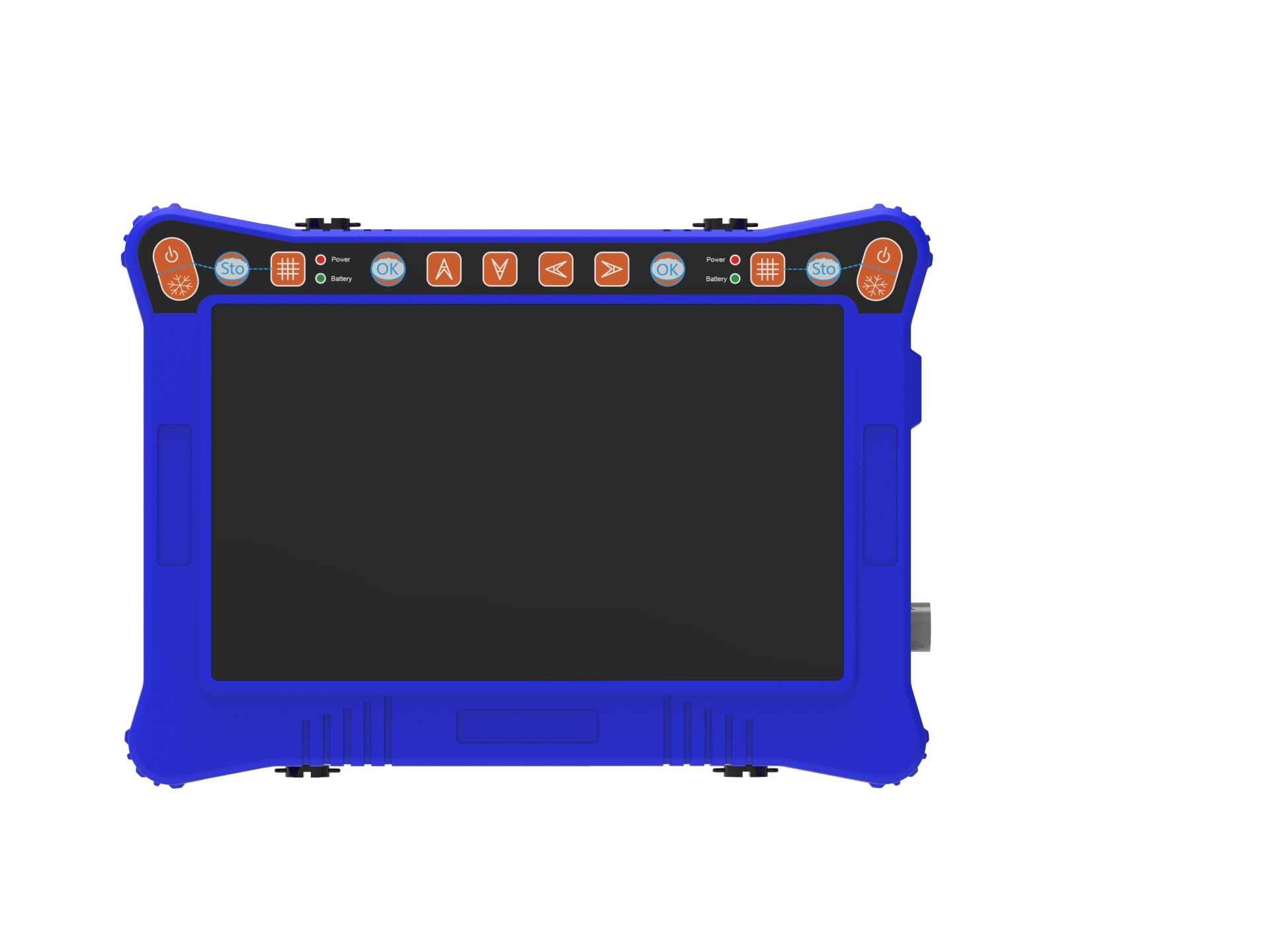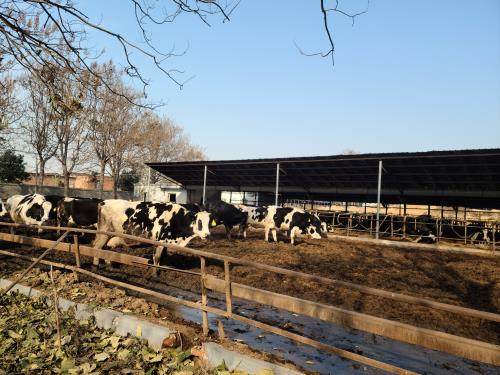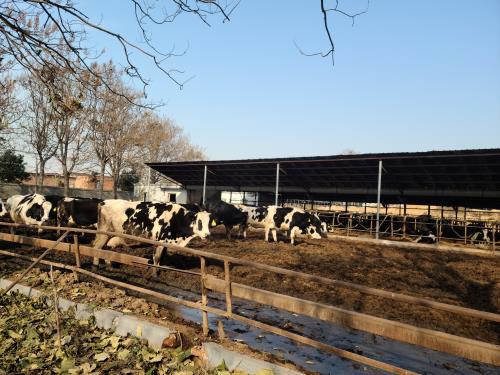Veterinary ultrasound is a technology that uses high-frequency sound waves to image. This technology can diagnose the condition of various organs or fetuses in animals without entering the animal body. The ultrasound waves generated by the veterinary ultrasound system are generated by piezoelectric transducers. When the appropriate voltage is input to the transducer, it will physically deform and generate sound waves. When the sound waves contact the organs of the animal body, corresponding reflections will be generated. The veterinary ultrasound transducer is a bidirectional device, and its other function is to detect the reflected sound waves. These reflected sound waves are converted into electrical signals by the transducer in the veterinary ultrasound system, and then transmitted to the imaging system by cable for data processing.

In a typical veterinary ultrasound system, there are usually 64 or 128 data processing channels, and there are the same or more transmitting/receiving units in the transducer. A simplified model of one of the channels connected to the analog-to-digital converter is shown. It can be seen that the transducer unit is at the end of a cable in the main system, and all signal processing circuits are located inside the main system. Although only one channel is drawn, it should be noted that all channels of the veterinary ultrasound system must be protected to prevent crosstalk between adjacent channels.
Because the imaging depth of the animal body depends on the noise background of the first-stage amplifier at a given frequency, the most important link is to reduce all noise sources as much as possible (including the input thermal noise of the amplifier), which is also the main reason for using variable gain amplifiers in veterinary ultrasound systems.








